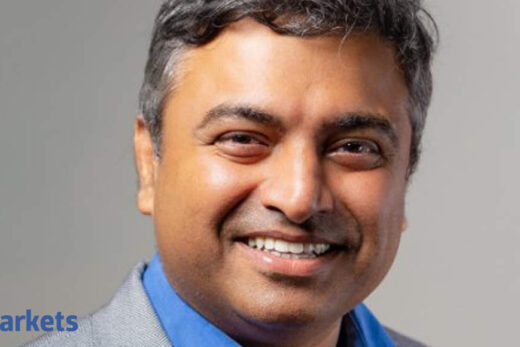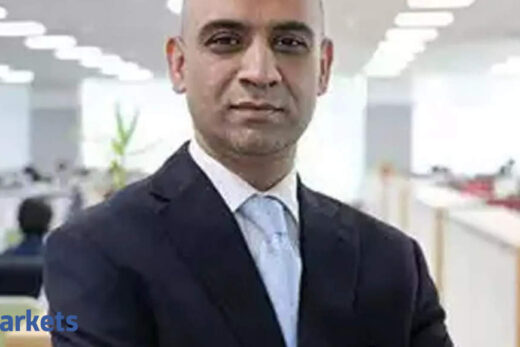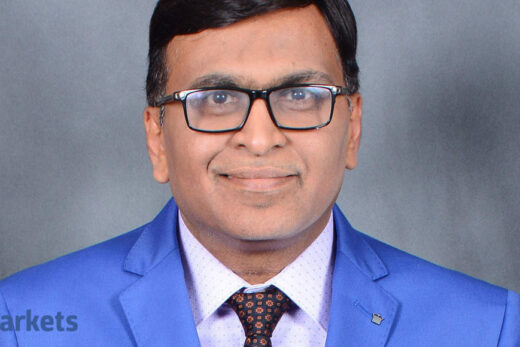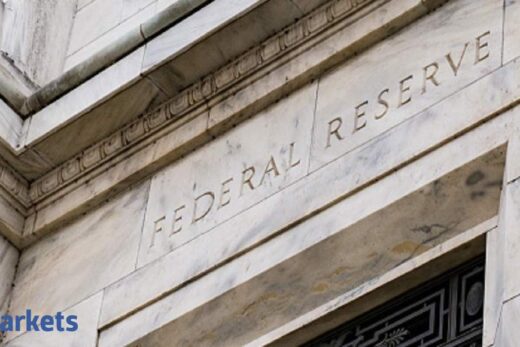You are overweight on financials. Within financials, how is the composition looking like?
Within financials, we are sticking to larger names which are well-capitalised. We are still steering ourselves clear of Tier-II and Tier-III banks because the second wave could throw up some negative surprises on the asset quality front. We want to hold on to banks which have a history of good credit underwriting and are well-capitalised. So we are sticking to larger banks.
There are disruptions due to COVID but the way interest rates and the real estate cycle is moving, the economic recovery is happening in the country. So banking would be a good play on the economic recovery because it can grow higher than the nominal growth rates of the economy. Private sector banks will gain market share but it is better to stay safe with larger banks who have good credit history and are well-capitalised.
Secondly, we have some NBFCs catering to specific sectors. Last year because of the market crash we got some good opportunities to buy names which have a very strong specialisation on financing needs of special categories. They have a very good credit profile history and do not have risk on their liability profile. They are well-funded, either backed by a good institution or can raise capital.
Are you looking at increasing weightage to industrials in your portfolio?
One longer term theme over here is that these capital heavy companies have seen under investments for more than a decade. So if you look at the last 10 years, not much investments have happened in thermal power. We require thermal power at peak capacities because solar cannot handle peak capacities of summer in India. Similarly, we have not created enough capacities in other capital goods and infra space as well. There are pockets of opportunities.
We are ensuring that we are with strong companies. We do not want to get into companies which have a very high debt. The environment is still a little fluid because we do not know how many waves of pandemic will come and what kind of lockdowns will happen. So we are sticking to companies which can handle these down cycles. We are not going down too much in terms of our pecking order. That is the reason why our portfolio weight is a little lower but we believe that these companies will see good earnings upgrade if the economic cycle continues to move up.
What is your analysis of broking stocks and those related to the stock market infrastructure?
We believe that it is cyclical. In 2006-07, when a lot of retail investors came in, one sharp correction happened and things just went out of hands. So we have to be very careful in these names. Definitely, it is a structural trend. We know that Indians are underinvested in equities. They will require vehicles like mutual funds or they will try to do it on their own.
I would be careful in getting into these names from a portfolio perspective. We are not very seriously looking at these names. We would look at some of the listed mutual fund names because mutual fund is a big story to play in India. As a percentage to GDP, investments are still very small. The cyclicity is lower because they have a good P&L and most of the listed names are now net cash positive. They have good balance sheets and the ability to gain market share. So we are looking at those kind of stories to play this wave. Secondly, fintechs have a lot of money to burn. In the listed space, you have to look at profitability but in the startup space people do not look at profitability. So there can be huge competition in these listed names. We have to be very careful.



